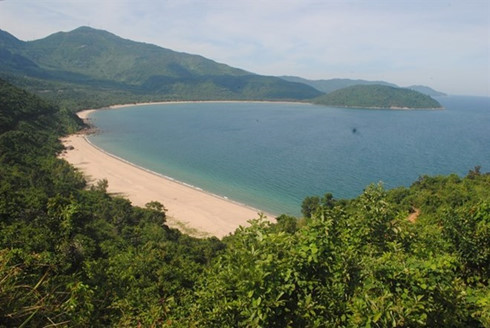Central Da Nang City targets world status
- Da Nang breaks ground for road tunnel
- Da Nang remains big draw among holiday travelers
- Da Nang, Japanese bank ink agreement
“Da Nang is a young city with positive policies on boosting economic development and foreign investment. But the city has yet to take full advantage of its central coastal position and a rendezvous point of north and south Vietnam,” Thien said in his presentation to the workshop held last week.
“The city has not developed a link between beach and mountain tourism and tourism to other destinations in the central region,” he said.
 |
Thien suggested that the city’s leadership consider how to develop Da Nang as a regular world centre of exhibitions and fairs to attract tourism, trade and investors – as places like Dubai and Bali did. He said Da Nang lacks a world standard entertainment and shopping centre to boost luxury tourism and spending.
Dung said the city’s economic restructuring resulted in industry and service accounting for 97 per cent, and agriculture for only two per cent.
Dung, however, admitted that the city’s economy was small scale, with 95 per cent being small and medium-sized businesses and with investment capital under 500 million VND (22,000 USD), each.
Deputy Secretary of the city’s Party Committee, Vo Cong Tri, said the city had turned from being a slum in the Son Tra Peninsula to being a beach tourism destination in just 20 years.
Last month, the city submitted an adjustment to its master urban plan for 2030-2050 to the Government, with an aim of developing Da Nang as a green city by 2025, and an economic hub of the central region and a driving force for boosting development of the central and Central Highlands regions.
Da Nang also plans to build an underground traffic system with road tunnels and a metro system in the coming years.
As planned, the city will include six inner districts and two suburban districts of Hoa Vang and Hoang Sa Island, with an expected population of 2.5 million.
Da Nang, situated at the end of the East-West Economic Corridor linking Laos, Thailand, Myanmar and Vietnam, will reserve a 130ha centre for finance, banking, trade and services, and a 3,700ha coastal service area.

